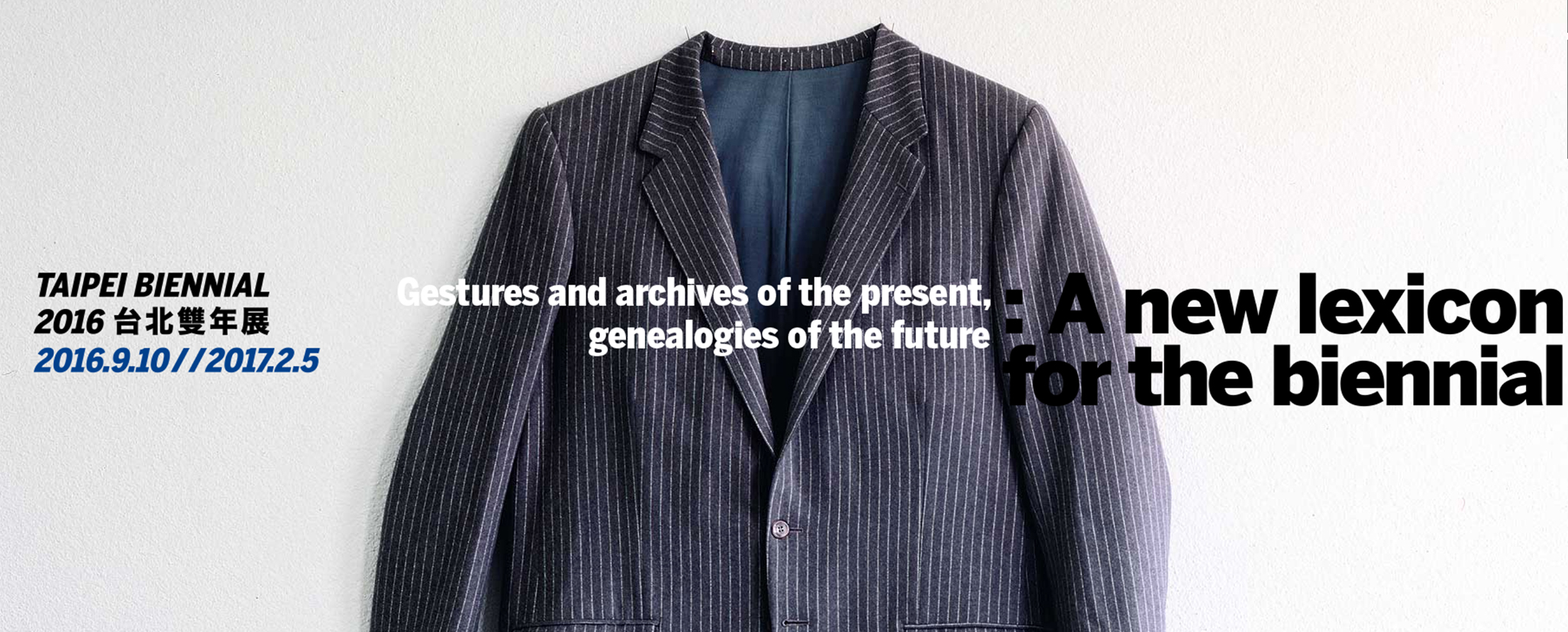
CONTINUOUS PROJECT ALTERED DAILY (2016)
After
CONTINUOUS PROJECT ALTERED DAILY
Yvonne Rainer [1969-70]
How to counter the very sterilization of collective forms of experience, as well as the general tendency of a self isolation that weighs on our present ? How to invent ways of being together, while imagining a cooperation of intelligences ? Which situation is to be achieved, so that the equality of everyone and anyone could be verified, and give way to the invention of an unpredictable common ? How to reassess alteration as a motor allowing for identification ? This intervention wishes to reverberate this very fact : if art can be passed down, it is first of all because it is itself the operator of the collective without which no transmission could ever be achieved.
Here the proposition:
Date of workshop: 21 – 31 of December 2016
Public presentation: 1 and/or 2 and/or 3 of Januray 2017
Conductor: Christophe Wavelet with the TNUA Dance dept.
Minimum 10 persons, maximum 14 persons:
Ideally if 10, it should be 8 dance students from Taiwan + 2 professional dancers from Taiwan (it may be of interest to Taiwan professional dancers to have this experience). If 14, it should be 10 dance students + 4 professional dancers. The workshop will be in English (Christophe Wavelet speaks French and English fluently).
Description:
Performer, art critic and curator Christophe Wavelet proposes to lead a research workshop based on the work Continuous Project Altered Daily (1970) by American choreographer, writer and film-maker Yvonne Rainer, one of the leading figures in the legendary Judson Church group. This research workshop is addressed to a group of maximum 14 artists (dancers, performers and/or visual artists), without age limitation.
Yvonne Rainer started to work on this project in 1969 and premiered it at the Whitney Museum of American Art in New York City on March 31, 1970. Structured by a series of choreographic materials and operations — some of them transcribed in the Labanotation system that same year by dancer and performer Barbara Katz —, they come together with a list of “Roles and meta-muscular affections” (reproduced here below), so as to define the range of performative modes to be explored by the performers. Their number, as well as the duration of the piece and the various locations where it can happen (from theaters to exhibition spaces, to public gardens, churches and gymnasiums , etc) is not prescribed by its author.
A milestone in the history of experimental and discursive artistic practices, Continuous Project Altered Daily allows for a series of collective experiments and investigations, as well as to question the specificities of historical, cultural and social contexts. The critical potential of its operations calls both its performers and its spectators attention on a series of strategies that allow to counter the logics of commodification that nowadays too often weighs on the public experience of art.
By questioning the very sterilization of collective forms of experience in present days, as well as the general tendency of a self isolation that weighs on everyone’s life, it allows to invent ways of being together by means of a cooperation of intelligences. It generates situations where the equality of everyone — performers, as well as spectators — can be verified, and give way to the invention of an unpredictable common. It reassesses alteration as a motor allowing for identification and reverberates this very fact : if art can be passed down (transmitted), it is first of all because it is itself an operator of the collective without which no passing down or no transmission could ever be achieved.
The workshop process implies the daily practice of the choreographic materials and an analytical examination of the operations that characterize Rainer’s piece. This dynamics allows to explore and question anew notions such as that of experience, gesture, interpretation, translation, citation, appropriation, discursivity, genealogy, and analysis, as well as those of heterogeneity, alterity,subjectivization, pleasure, trust and the intolerable.
In times of globalized economic circulations and the many ways they affect the materiality of contemporary cultures, what does it take to instaure or invent spaces where collectives dynamics of sharing and discussing can be experienced under the name of « art » ? What if artistic practices work on emancipating themselves from the logics of commodification ? If we are to understand the name of « artistic modernity » not as a defunct historical programm but as a promise yet to be activated, how can we find a way to reconfigure the many aporias inherent to dominant contemporrary discourses about a « dialogue between cultures » ? Working out such questions certainly implies a Continuous Project to be Altered Daily.